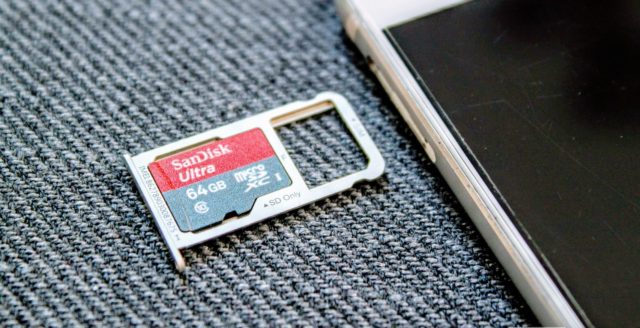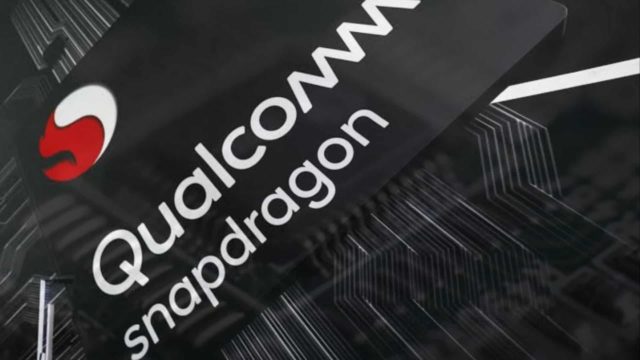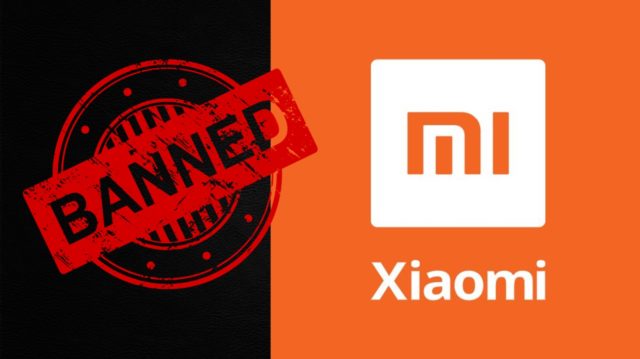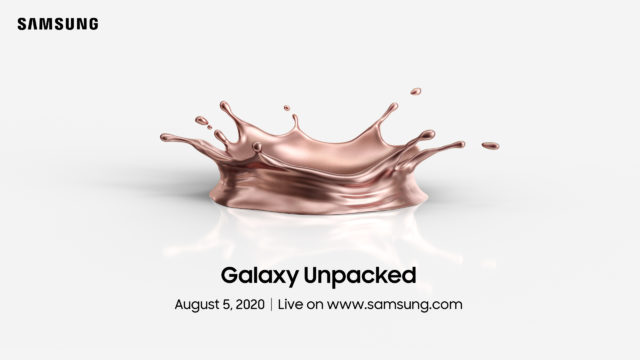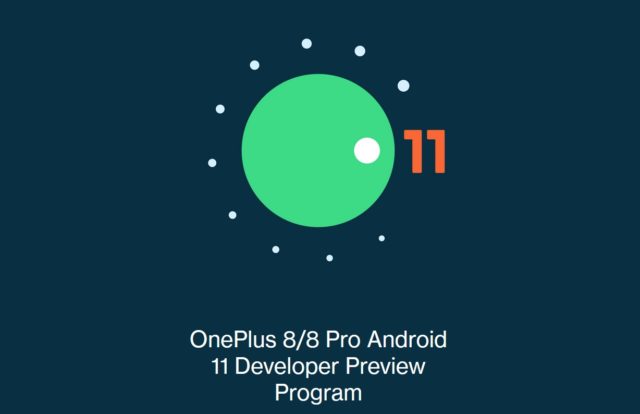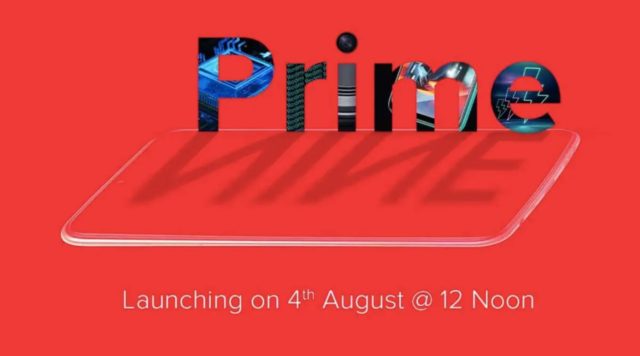How to Fix Corrupted SD Card on Android without Computer
With most companies ditching the SD card slot in their devices, a small population of SD card users is left. For those, an SD card is one of the most important factors why they probably chose their device. However, you might have encountered errors while operating your file manager, or while just changing SD cards between different devices. Here’s how to fix these corrupted or malfunctioning SD card errors, without a computer.

Making Sure Your SD Card is Corrupted
While there are tons of SD card errors that can occur due to a lot of technical reasons, it is good to ensure you’re reading the right article for the right solution. All the ways mentioned here are only useful if the card is “corrupted”, and might not work for other cases. Here are some signs of your SD card being corrupted:
- Files on the SD card are not readable.
- Your device is not recognizing your SD card.
- Some or all files/photos are missing.
- Your device throws up an error while “reading/writing” the SD card.
- Error messages like “check your SD card before inserting it”.
- The read or write speeds have become extremely slow or unusable.


All these are signs that you have a corrupted SD card. If you’ve come across any of these, you should continue reading. Here’s how to fix the Corrupted SD card.
Read More: Xiaomi Gives Clarification on Banned Apps in India; Will Launch New Version of MIUI
How to Fix a Corrupted SD Card
Method 1: Insert the Corrupted SD Card to Another Device
The first method to fix a corrupted SD card is a rather simple one. It’s a part of the hit and trial methodology and can solve issues caused by device malfunctioning or file system errors. All you ought to do is take out your SD card and put it into any other device. This device can be a camera, mobile phone, laptop, or anything at all. If it does work in the other device, it means that the SD card is probably incompatible with your phone.
You should back up the files on a PC or laptop (if possible) before proceeding further. After backing up, try inserting the SD card into your phone again after restarting your device. This should fix the corrupted SD card in most cases but in case it doesn’t, try out some other steps.
Method 2: Format the Corrupted SD Card
If method 1 doesn’t fix your issues, try this. You can format the SD card if your phone is able to read it, and this is known for fixing most issues. Do note that formatting an SD card means ALL DATA ON IT IS LOST. Hence, make sure to already have a backup of the files present in the card, else back them up on another device.
Here is a guide on how you can format your SD card:
- On your Android device, go to settings.
- Find the Storage/Memory tab and find your SD card on it
- You should be able to see a format SD card option. If not, tap the 3 dots at the top right and you will be able to see the option.
- Tap on Format SD card option.
- You’ll get a confirmation dialog box, click on the “Okay/Erase and Format” option.
Once your SD card is formatted, you can go to your File Manager or Gallery to see if the SD card functions properly.
To recover data from formatted/corrupted SD card , you can try Tenorshare 4DDiG which supports data recovery from internal & external drives.
Method 3: Use an SD Card Repair solution
The Google Play Store contains plenty of apps, and so does the internet for PC’s, that allow for SD card repairs. You can look for any trusted option to try and repair your SD card if nothing works out. You can also use the Windows command line by borrowing a friend’s PC for a few minutes as using a PC is the most popular way to fix SD cards.
To try the methods using a Windows PC, check out the link here.

